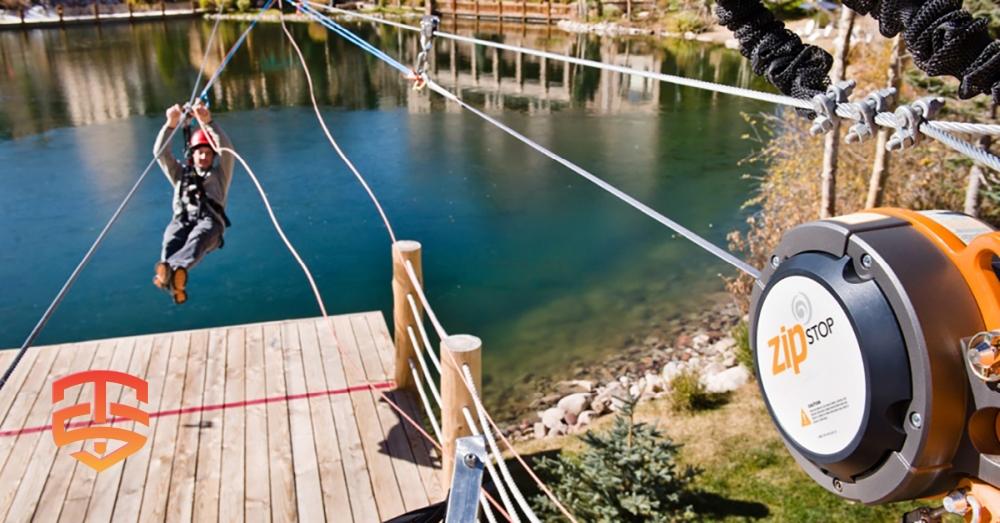
Immerse yourself in the world of zip line adventures and unravel the intricacies of zip line braking systems. As an operator or enthusiast, understanding the nuances between active and passive brakes is critical. This article explores these two main categories, their implications for risk management, and their impact on the overall zip line experience.
Zip lining is a thrilling activity that has gained massive popularity in recent years. It provides an adrenaline rush that makes it a must-try adventure. However, safety is of paramount importance when zipping through the treetops. One crucial element that enhances safety in zip lining is the brake system. Essentially, zip line brakes come in two major categories – active and passive. The brake type you select can significantly impact your risk management strategy and overall zip lining experience. In this article, we’ll take a closer look at these two categories of brakes, their benefits, drawbacks, and how they can affect your zip line operation’s efficiency and safety.
Understanding Active Zip Line Brakes
Active brakes involve human intervention to initiate the braking process. The most prevalent types of active brakes are leather gloves and brake pads. With active brakes, riders need to press a glove or brake pad against the zip line cable to decelerate. While these brakes may make the zip lining adventure more participative, they come with their own set of risks.
Potential Risks of Active Brakes
Active braking significantly increases the chances of injuries. Amid the thrill and excitement, participants may forget the braking instructions, which can lead to mishaps. Additionally, active brakes necessitate that the rider places their hands close to swiftly moving zip line components, increasing the likelihood of friction burns or hand injuries.
Apart from physical harm, active brakes can also disrupt the flow of your zip line operation. Suppose a rider brakes prematurely or aggressively, causing them to fall short of reaching the platform. In such scenarios, either the participant must haul themselves to the end or a staff member needs to retrieve them – both situations cause unnecessary delays and hamper the overall experience.
Active brakes also contribute to the wear and tear of crucial zip line equipment due to the friction they generate. This can lead to frequent replacement of gloves and brake pads, downtime for equipment maintenance, and increased long-term costs.
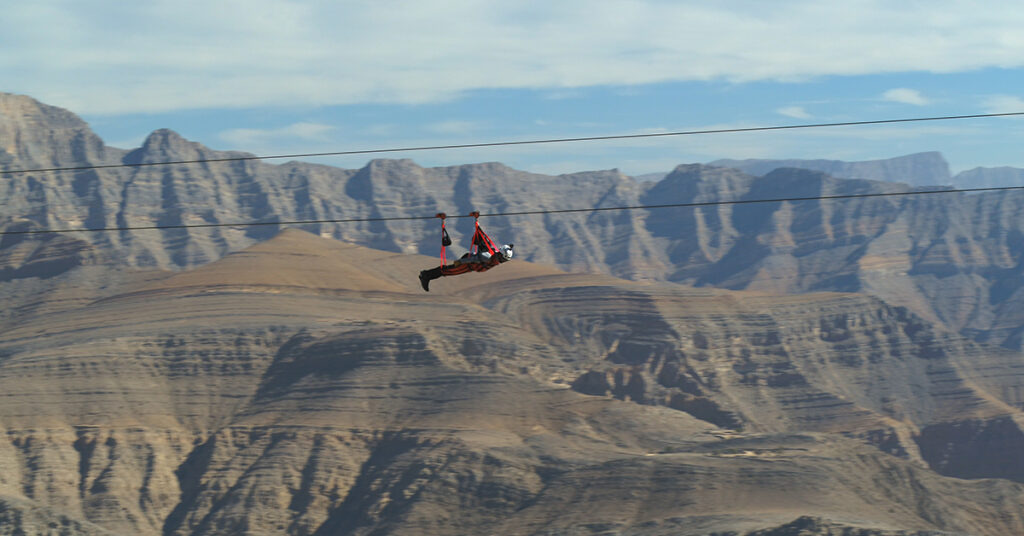
Exploring Passive Zip Line Brakes
Passive brakes, on the other hand, activate automatically without any action required from the rider or guide. They offer several advantages over active brakes, primarily concerning risk management. Commonly used passive brakes include magnetic brakes, gravity brakes, and spring brakes.
Magnetic Brakes
Among various passive brakes, the zipSTOP Zip Line Brake by Head Rush Technologies is unique. It employs eddy current magnetic braking technology, eliminating the need for friction-based components like brake pads.
With this technology, braking resistance adjusts to each individual’s weight, ensuring a comfortable and consistent deceleration experience for everyone. This level of automatic regulation makes the zipSTOP a game-changer for zip line operations aiming to deliver a top-notch experience to their customers.
Moreover, the zipSTOP brake system automatically resets after every use, boosting throughput efficiency and minimizing downtime. Pairing it with other Head Rush zip line accessories, such as the LightSpeed Trolleys, can further enhance its efficiency and reduce rider rollback.
Another great option is the MAG Brake Trolley by Thrill Syndicate. This self braking magnetic zipline trolley is a revolutionary self-braking zipline pulley that promises an unmatched and safer ziplining experience. This innovative zipline trolley uses Eddy Current (Magnetic) technology to brake zipline riders safely and consistently, based on their speed. The trolley’s integrated Eddy Current Brake slows down the rider to a manageable speed without generating friction, heat, or wear on the cable, thereby greatly reducing the maintenance required for the zipline cables and the trolley itself.
The MAG Brake Trolley addresses significant safety issues associated with achieving a controlled and safe braking situation at the end of high-speed zip wire courses. It’s specifically designed for steep, long, and fast zipline courses, enabling the creation of long-distance zip-lines without a complicated braking area. The trolley handles a speed reduction of up to 35%, ensuring all riders, irrespective of their weight or weather conditions, arrive at the same speed, thereby enabling a safe and controlled braking situation.
This brake trolley leverages Eddy Current brake technology, which is incredibly reliable, smooth, and low maintenance. The magnetic braking is friction-free with no contacting parts, making it one of the safest brake pulleys available on the market for high-end commercial ziplines with slopes up to 25% and speeds up to 140 km/h.
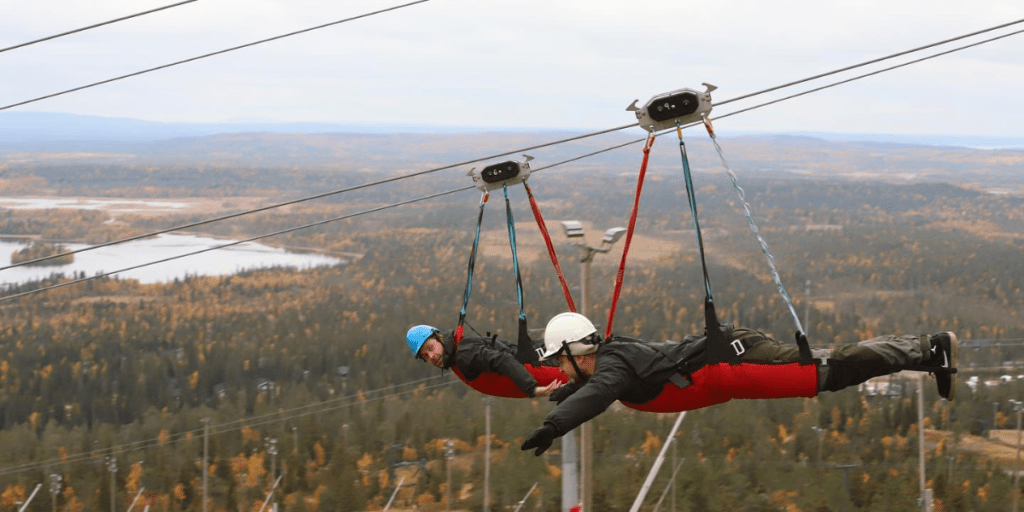
Spring Brakes
Spring brakes use large metal coils that compress upon impact, absorbing the rider’s momentum. However, these brakes may lead to an abrupt stop for lightweight riders and a farther rebound for heavier ones. Weather conditions can further impact landing speeds. Moreover, large spring banks permanently installed on the zip line require large platforms, often leading to increased build and maintenance costs.
Although spring brakes might not be an optimal primary brake for zip lines, they can be great as emergency arrest devices. They can prevent serious injuries or deaths resulting from user error or equipment failure. The professional Zipline Spring Brake is a reliable primary and secondary zipline braking component designed for high speeds and big impacts. It’s durable, efficient, and requires minimal maintenance.
Concluding Remarks: The Superiority of Passive Brakes
In conclusion, passive zip line brakes trump active ones. They remove the risk of incorrect braking by participants, leading to a safer zip lining experience. Among various passive brakes, the zipSTOP, with its state-of-the-art technology and features, holds the crown as the best brake in the industry. By ensuring a smooth braking experience, automatic reset, and automatic regulation of braking resistance, the zipSTOP can truly enhance the safety and efficiency of your zip line operation.
In a nutshell, passive zip line brakes, especially the cutting-edge zipSTOP system, outshine their active counterparts by offering a safer, smoother, and more efficient zip lining experience. As the industry evolves, innovations like these pave the way for higher safety standards, improved customer satisfaction, and ultimately, increased business success.
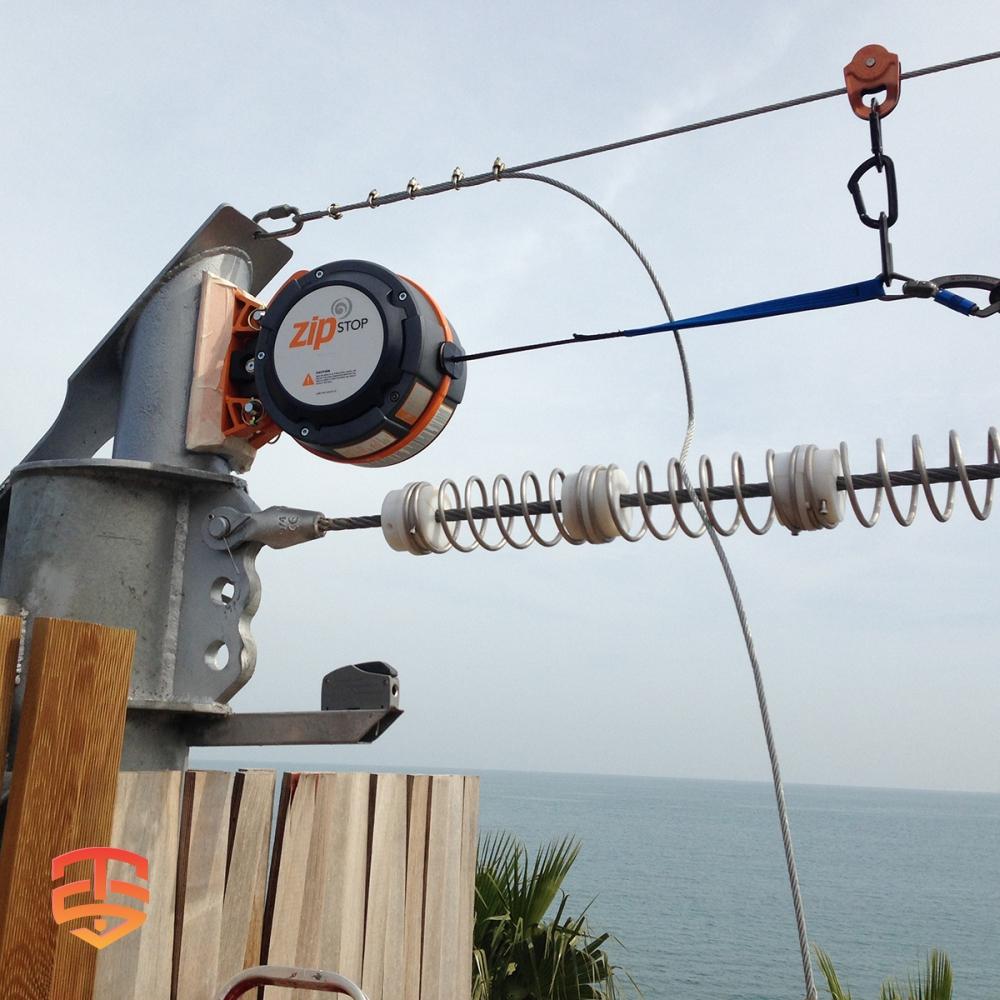
Zipline Safety Solutions
We deliver a complete professional Zipline system, from our Self-braking Magnetic Zipline Trolley to a safe Zipline Spring Brake.
We offer a full family of zip line brakes that increase throughput with a hands-free braking experience for zip line riders and operators, and a full ecosystem of zip line products to outfit the best zip line builds in the world. We use advanced technology to engineer and manufacture innovative adventure equipment for the outdoor, amusement and recreation industries.
Beyond the Basics: Unveiling Zipline Technology with Expert Analysis
Intrigued by the potential of Zipline technology? You’ve come to the right place! This article provides a solid foundation. But if you’re eager to delve deeper and gain insights from industry experts, keep reading…
- Zip Line Design: Components for a Complete System
- Considering operating and investing in a zipline?
- 9 Zipline Mistakes You Don’t Know You’re Making
- Magnetic Zipline Braking: A Revolutionary Way to Ensure Safe Rides
- Pros and Cons of Different Zip Line Brakes
- Expert Tips for Zip Line Brake Installations
- White Paper on Zipline Emergency Arrest Devices (EAD)
- The Importance of Optimizing Zip Line Design for Rider Speed
- Does your zip line need an emergency arrest device?
- The Magnetic Self-braking Zipline pulley
- Zipline Braking and landing considerations
- Why Zip Line Trolley Bearings Matter
- Whitepaper: Zipline Braking Dynamics
- Zip Line Installation: Give them the Best Ride
- How to startup a Successful Zip Line Business
-
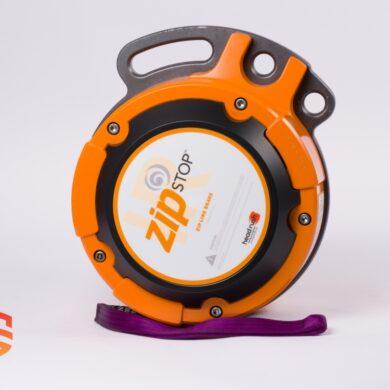 zipSTOP IR Zipline Brake | 24 – 60 kph€ 5.649,00 – € 5.799,00 Ex VAT
zipSTOP IR Zipline Brake | 24 – 60 kph€ 5.649,00 – € 5.799,00 Ex VAT -
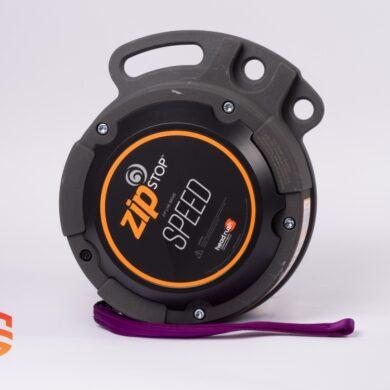 zipSTOP SPEED Zipline Brake | 50 – 72 kph€ 6.099,00 – € 6.349,00 Ex VAT
zipSTOP SPEED Zipline Brake | 50 – 72 kph€ 6.099,00 – € 6.349,00 Ex VAT -
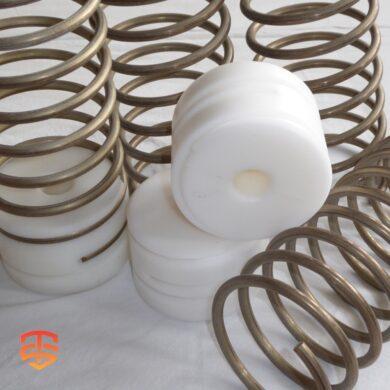 Spring Brake System | Primary & EAD zipline brake€ 80,00 Ex VAT
Spring Brake System | Primary & EAD zipline brake€ 80,00 Ex VAT







